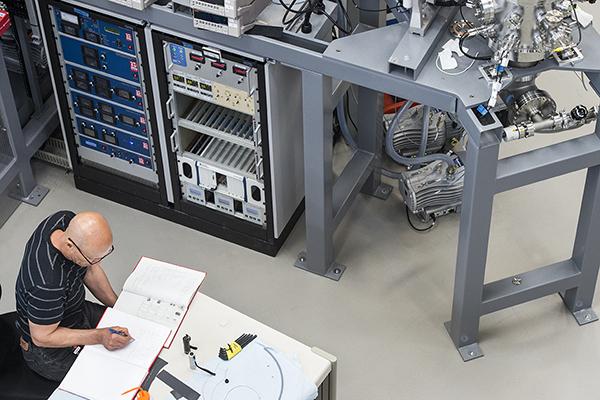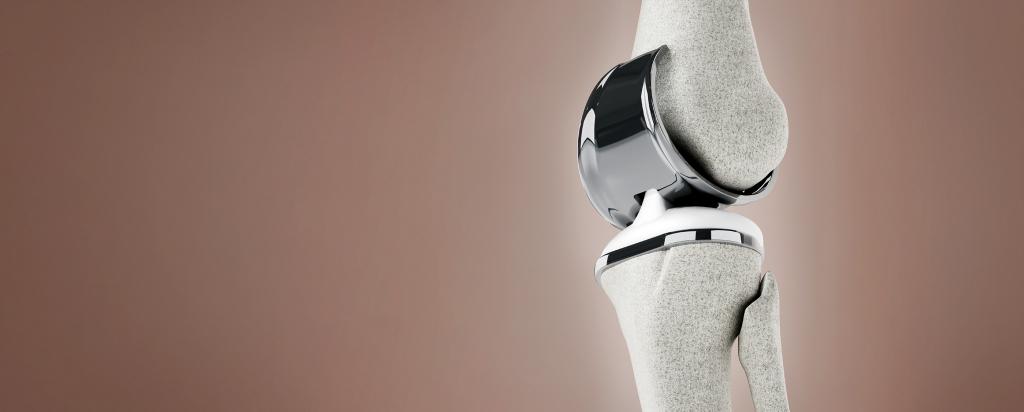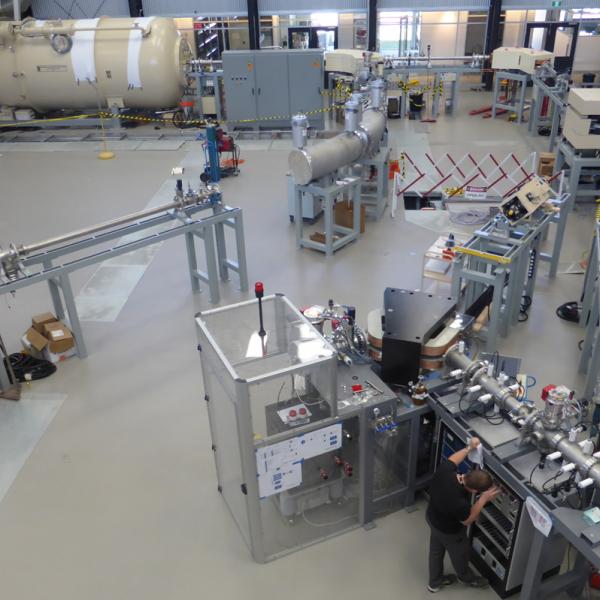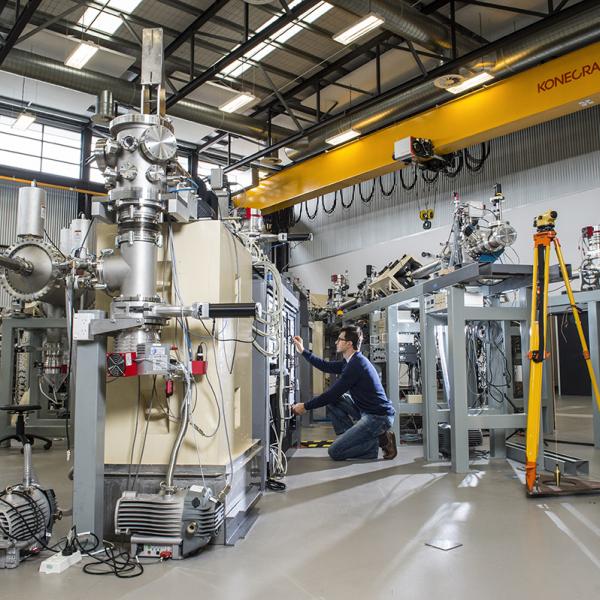

Published on the 24th February 2022 by ANSTO Staff
Key Points
-
University of Sydney researchers and associates have developed an innovative bone implant that could reduce the bone implant failure rate to less than one per cent
-
The material, which uses the element gallium and an antimicrobial molecule defensin, significantly reduced infection and inflammation
-
The gallium was added to the implant using an ion implantation technique at ANSTO’s Centre for Accelerator Science.
A long-standing collaboration led by biomedical researchers from the University of Sydney has recently achieved success with the recent announcement of an innovative bone implant that significantly reduces rejection and inflammation.
The news has generated great interest because of the 1.7 million replacement procedures that are carried out in Australian each year. According to the Australian Orthopaedic Association as reported by the University of Sydney, approximately 20 per cent of implants will fail at 10 years.
Professor Wojciech Chrzanowski, from the University of Sydney Nano Institute and head of nanomedicine research at the Faculty of Medicine and Health led the international team which included ANSTO scientists.
This week they published a paperin Applied Material Interfaces announcing a safe, organic implant made of biodegradable plastic enriched with gallium and an antimicrobial biomolecule that reduced the implant failure rate to less than one per cent. Read more.
Watch the media report on Channel 9, partly filmed at ANSTO.
The gallium was added to the implant using an ion implantation technique on the surface engineering beamline of the Sirius accelerator at ANSTO’s Centre for Accelerator Science.
Prof Mihail Ionescu, now Leader of the Nuclear Fuel Cycle group at ANSTO and instrument scientist Dr Zeljko Pastuovic, undertook the ion implantation, which involved designing gallium targets, establishing the implantation process, and providing evidence that the gallium was successfully inserted into the polymer.
“Early in the research, we discussed prospective elements and chose gallium because it wasn’t in the literature,” he said.
“It was a challenging element to implant but we successfully bombarded the polymer film with ions of gallium-15 and gallium-16 at two different concentrations,” explained Prof Ionescu.
The ion beam analysis technique Rutherford backscattering confirmed that the gallium was buried between 4 and 40 nanometres below the surface of the polymer in a subsurface layer.
“Ion implantation typically activates the surface of a material chemically, which helped with the introduction of defensin. But in this case, the presence of the gallium was also having a beneficial effect,” said Prof Ionescu.
The implantation of gallium ions altered surface properties, increasing stiffness, roughness, and transition temperature at the surface.
"It is fantastic to see accelerator physicists and biomaterials scientists working together to design materials of the future for this inspiring application," said Dr Ceri Brenner, Leader, ANSTO Centre for Accelerator Science.
Other collaborating institutions included Martin Luther University Halle-Wittenberg (Germany), Inha University School of Medicine (Korea), and Chubu University (Japan)
Read about earlier research undertaken in association with ANSTO in 2019.




